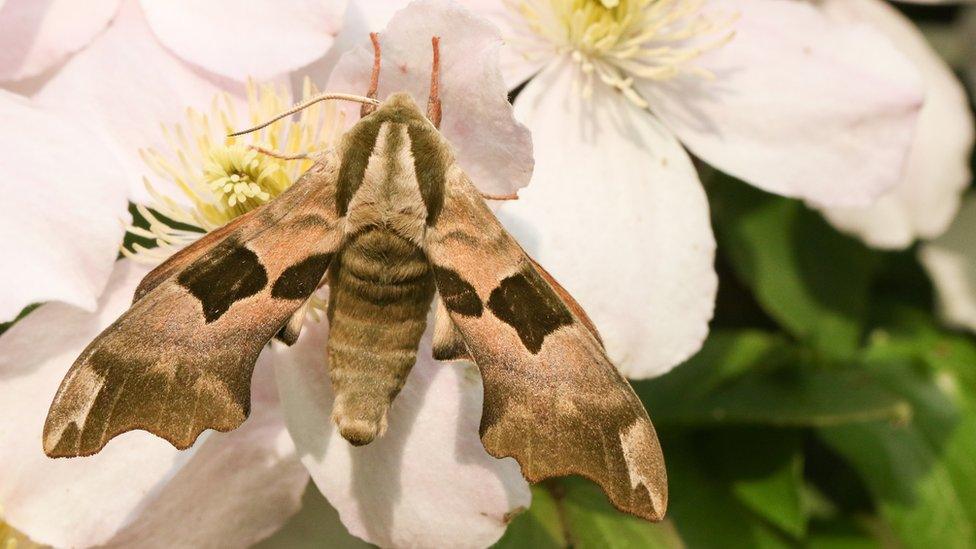Do octopuses dream when they sleep?
- Published
- comments
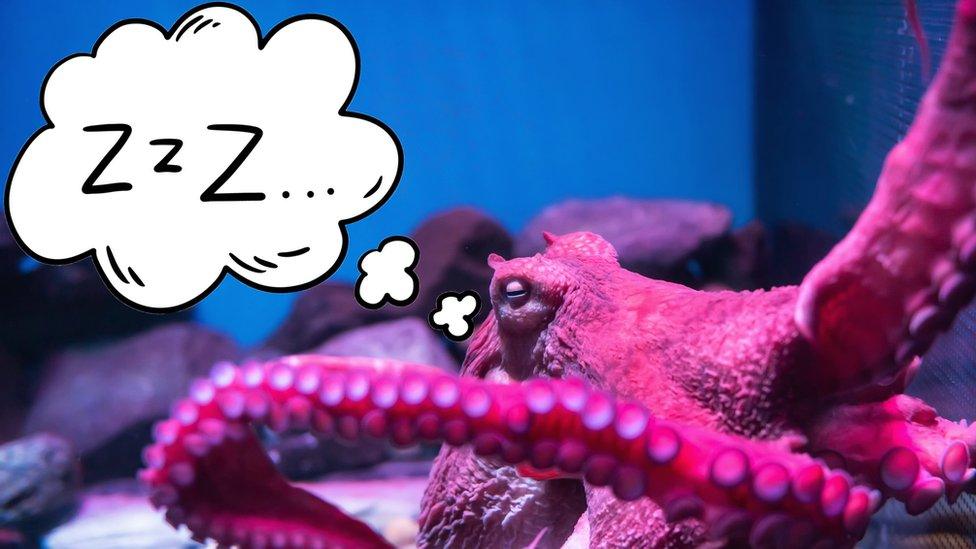
Ever wondered if octopuses dream?
Well a new study suggests they might do just that and have a sleep pattern similar to humans.
The cephalopods can create different patterns and shapes on their skin when they're awake to camouflage themselves, but they do this in their sleep too.
There are many different theories as to why they might do this when they're snoozing, and one is that they've drifted off into dreamland.
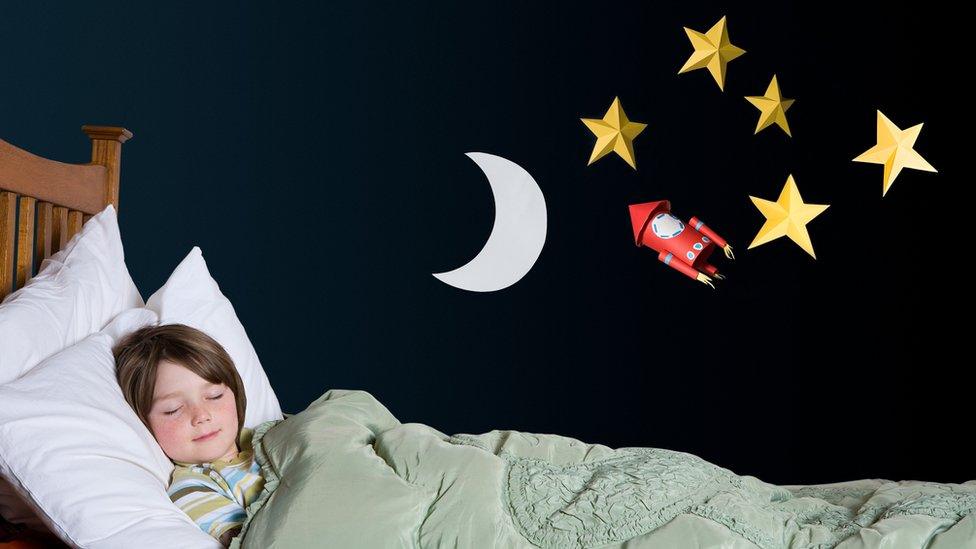
Dreaming helps our brains process information and happens during REM sleep
When humans sleep, we move between two stages: Rapid eye movement (REM) and non-rapid eye movement (NREM).
NREM is the quiet stage of sleep you go through when you're just nodding off. It allows our brains to relax and slow our bodies down.
Dreaming happens in REM sleep, the active phase, and it's how our brains process the day we've had.
This new study from the Okinawa Institute of Science and Technology and the University of Washington suggests octopuses cycle between a quiet phase and active phase of sleep just like humans do.
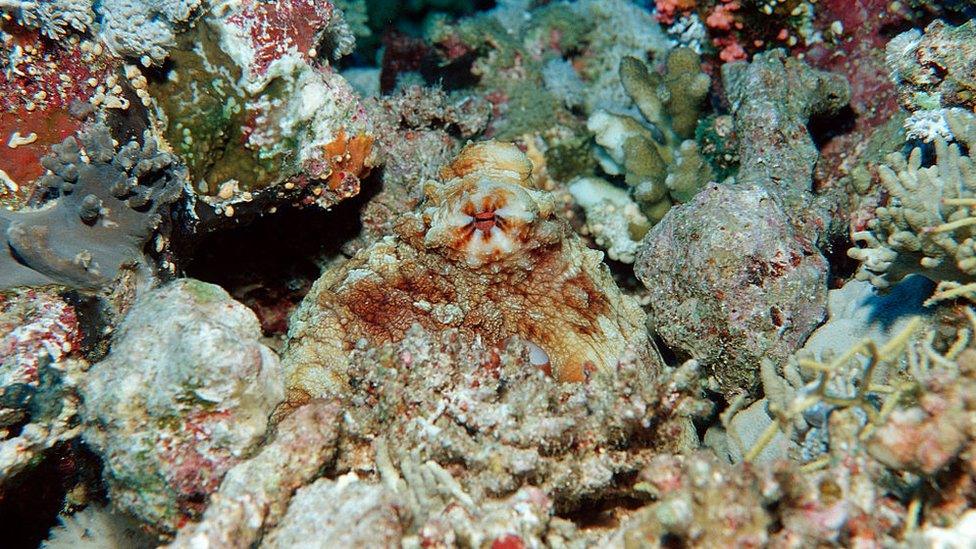
Can you spot the octopus? They are very good at camouflaging themselves against their surroundings
Octopuses are great at camouflage for lots of different reasons: warning off predators, communicating with each other and hiding themselves to catch their prey to name a few.
But researchers found they cycle through these same skin patterns while they sleep.
They suggest it's similar to humans dreaming and shows the cephalopods are re-living what happened while they were awake like hunting or hiding from a predator and therefore reactivating the skin patterns associated with what they're dreaming about.
Other theories around why octopuses skin changes while they sleep:
They could be practising their skin patterns to improve their camouflage behaviour while they're awake.
It could just be a way for the sea creature to maintain the cells that produce the colours.
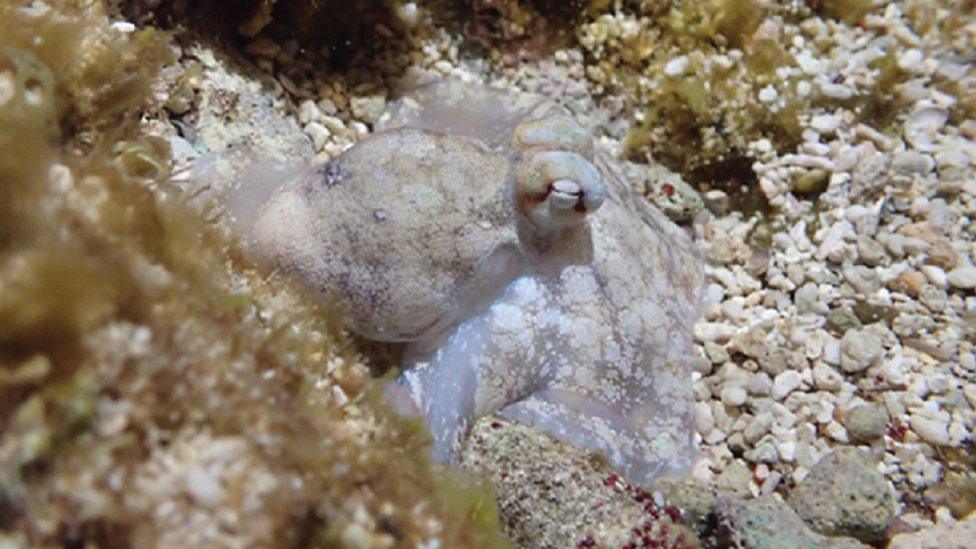
This is one of the octopuses researchers observed. Here it is white and motionless during its quiet sleep stage
So how did the researchers confirm their theory?
Well they examined octopuses' brain activity and skin patterns while they were in an active phase of sleep.
During this stage, their brain activity very closely resembled their brain activity while awake, just like REM sleep does in humans and other mammals - the sleep phase where most dreams occur.
Senior author, Professor Sam Reiter said: "All animals seem to show some form of sleep, even simple animals like jellyfish and fruit flies.
"But for a long time, only vertebrates were known to cycle between two different sleep stages."
- Published12 June 2023

- Published25 May 2023

- Published8 June 2023
